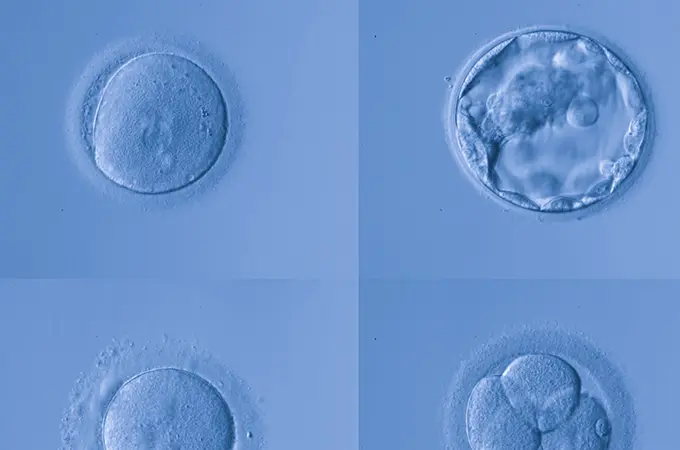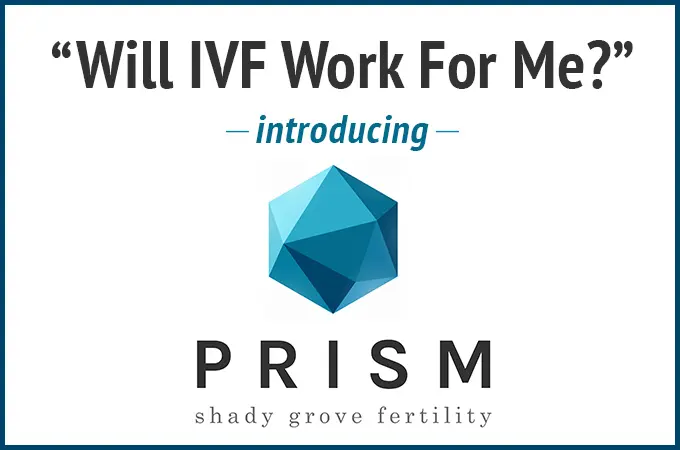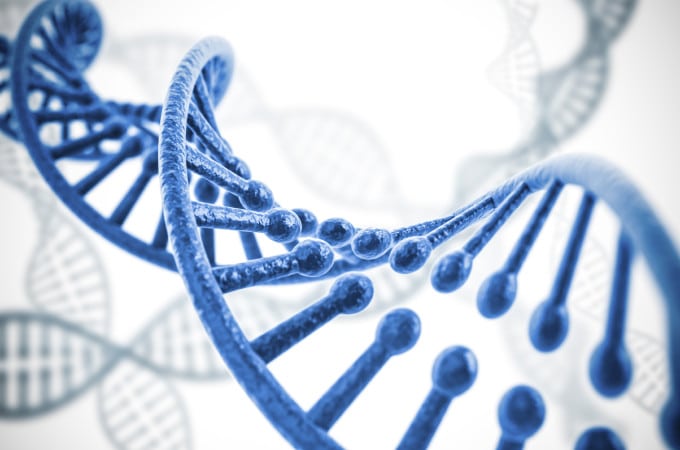For Shady Grove Fertility’s dedicated research team, the goal of their efforts is to improve the chances that individual couples going through fertility treatment will experience the joy of parenthood. Improved understanding of embryo growth and development and improved selection of embryos for in vitro fertilization (IVF) are central to this goal. This year, This year at the American Society of Reproductive Medicine’s 2016 Scientific Congress and Expo in Salt Lake City, October 15 to 19, the physician-scientists at Shady Grove Fertility, together with their collaborators, presented a retrospective study correlating the rate of development of 1,237 embryos with their chromosomal makeup, as assessed by embryo biopsy and pre-implantation genetic screening (PGS).
Embryo Growth Rate
During IVF, eggs are retrieved and inseminated in the laboratory by an embryologist. After fertilization occurs, the cells of the embryo divide and multiply until the blastocyst stage is reached, generally on either the fifth or sixth day of development. Historical data have shown that slower growing embryos, those that reach the blastocyst stage on the 6th day or even later, tend to be associated with poorer treatment outcomes.
Aneuploidy and Its Impact on Pregnancy
Aneuploidy is defined as an abnormal number of chromosomes. Occurring in a high proportion of embryos from women of advanced maternal age, aneuploidy accounts for many miscarriages. Aneuploidy may also be responsible for many IVF cycles in which embryos fail to implant, and patients receive a negative pregnancy test result.
No Increased Rate of Aneuploidy Linked to Embryo Growth Rate
In this retrospective study, researchers looked at the relationship between delayed embryo development and chromosomal makeup. Physicians aimed to answer this important question: “Do embryos that are slower to reach the blastocyst stage have a higher incidence of aneuploidy?”
The study evaluated 1,237 embryos from 309 fresh autologous (non-donor egg) cycles undertaken by 267 women. On average, four embryos were biopsied from each patient and the average maternal age was 37 years. 537 biopsies were performed on Day 5 blastocysts, and 700 biopsies were performed on Day 6 blastocysts. Somewhat surprisingly, this results of this analysis were that aneuploidy rates did not differ between embryos biopsied on Day 5 versus Day 6. In other words, slower developing embryos did not have a higher rate of aneuploidy.
What This Means for Patients
These findings may provide reassurance to patients with slower developing embryos. Based on this study, embryos with a slower growth rate would not be expected to have a higher rate of chromosomal abnormalities.
About the 2016 ASRM Scientific Congress & Expo
The 2016 ASRM Scientific Congress & Expo is the premier scientific congress for reproductive medicine that will address state-of-the-art issues in reproductive medicine and science. Held from October 15 to 19, 2016, in Salt Lake City, UT, the theme of the 2016 Scientific Congress of the American Society for Reproductive Medicine is “Scaling New Heights in Reproductive Medicine.” The program features scientific, postgraduate, and video presentations as well as plenary lectures addressing the most pressing clinical and basic-science issues in reproductive medicine.






